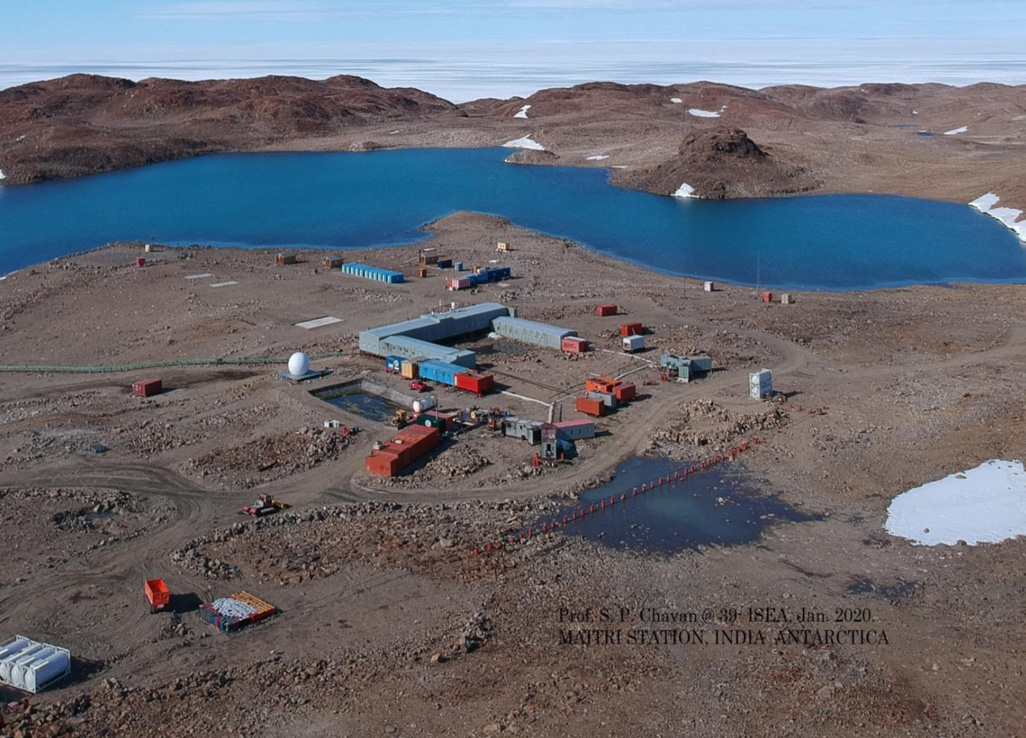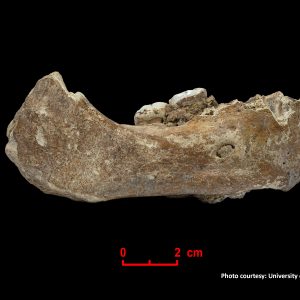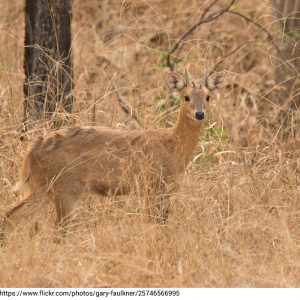Is Development Opposed to Conservation? Railway Expansion and Wildlife Security



India is set to embark on a new chapter in its Polar exploration journey with the construction of Maitri II. The Indian government plans to establish a new research station near the existing Maitri ba...
.png )
The Deep Ocean Mission (DOM), approved by the Government of India in 2021 under the Ministry of Earth Sciences (MoES), represents a strategic step in realizing Sustainable Development Goal 14 (SDG 14:...

China recently announced restrictions on the export of seven rare earth elements (REEs), soon after US President Donald Trump decided to impose tariffs. As the world's dominant supplier—responsible fo...
India is planning to expand its railway infrastructure across the nation (including the protected areas) to boost economic development. However, there is little clarity about how the loss accrued to t...
<p>The scientific study of a jawbone, stone artefacts and mitochondrial DNA extracted from the Baishiya Karst Cave, researchers have confirmed the presence of Denisovan humans on the ‘roof of the worl...
<p>This paper presents the documentation of the four-horned antelope (Chousingha) in the Gautam Buddha Wildlife Sanctuary for the first time. This record is based on our observation throughout the pro...
<p>The sudden disappearance of the Great Indian Bustard, India’s critically endangered bird species, from Siruguppa Taluka in the Bellary district of Karnataka has raised the ire of wildlife conservat...
India is planning to expand its railway infrastructure across the nation (including the protected areas) to boost economic development. However, there is little clarity about how the loss accrued to the habitat and how protecting wildlife from rail accidents will be handled. This paper provides an insight into the judicious combination of conservation and development. It suggests sustainable ways...

<p>The scientific study of a jawbone, stone artefacts and mitochondrial DNA extracted from the Baishiya Karst Cave, researchers have confirmed the presence of Denisovan humans on the ‘roof of the world’. The new study also proves the widespread presence of these ancient humans across Asia.</p>

<p>This paper presents the documentation of the four-horned antelope (Chousingha) in the Gautam Buddha Wildlife Sanctuary for the first time. This record is based on our observation throughout the protected area as a part of the Environmental Impact Assessment (EIA) study during 2019-2020. Although the species has a pan-India distribution, the correct estimate of the population is unknown. As the...
